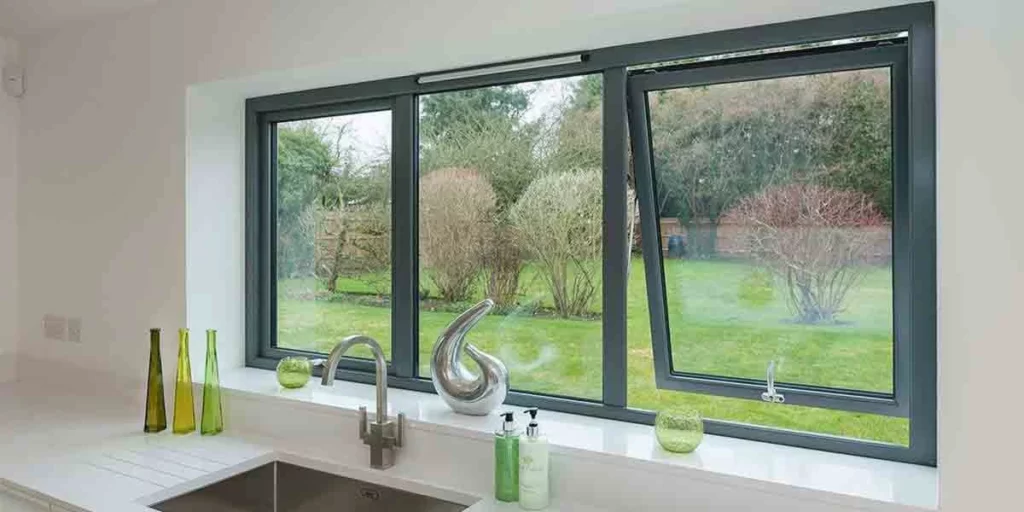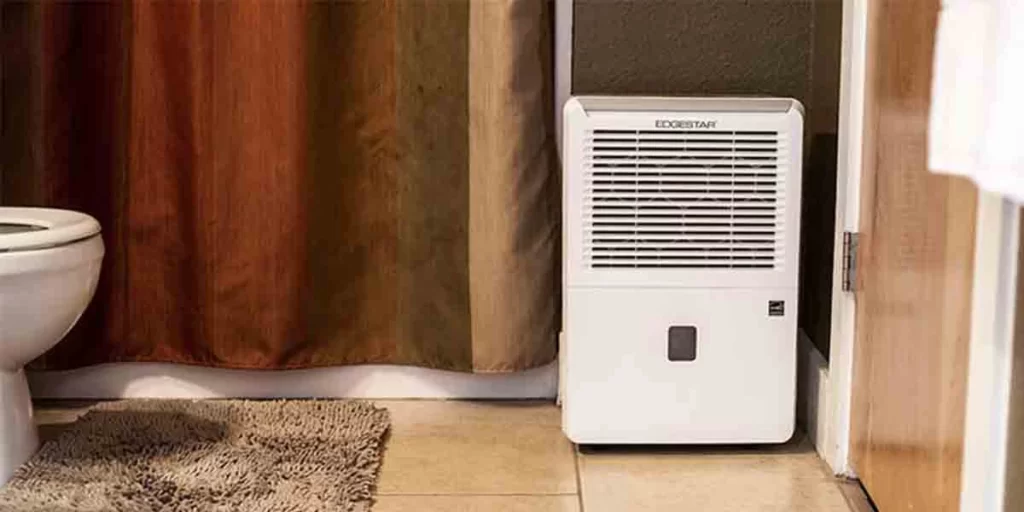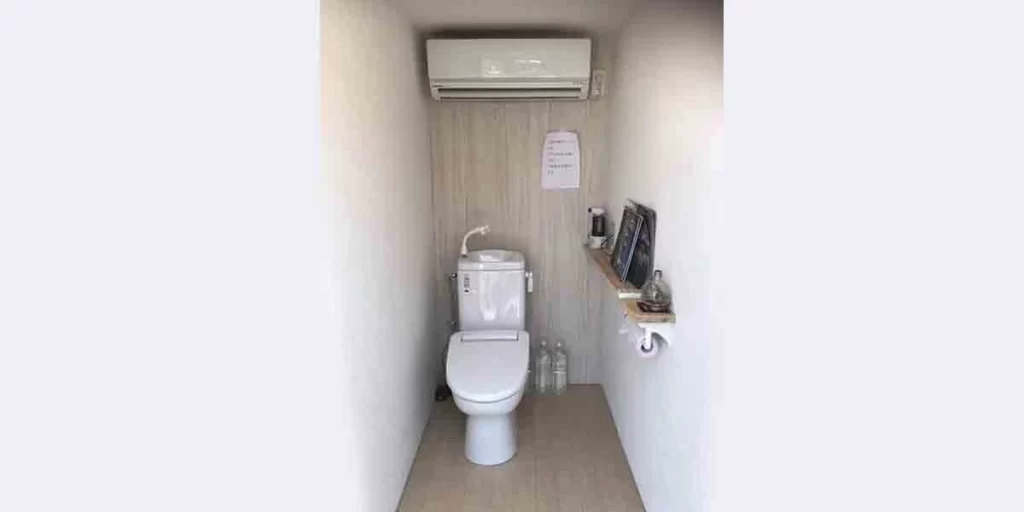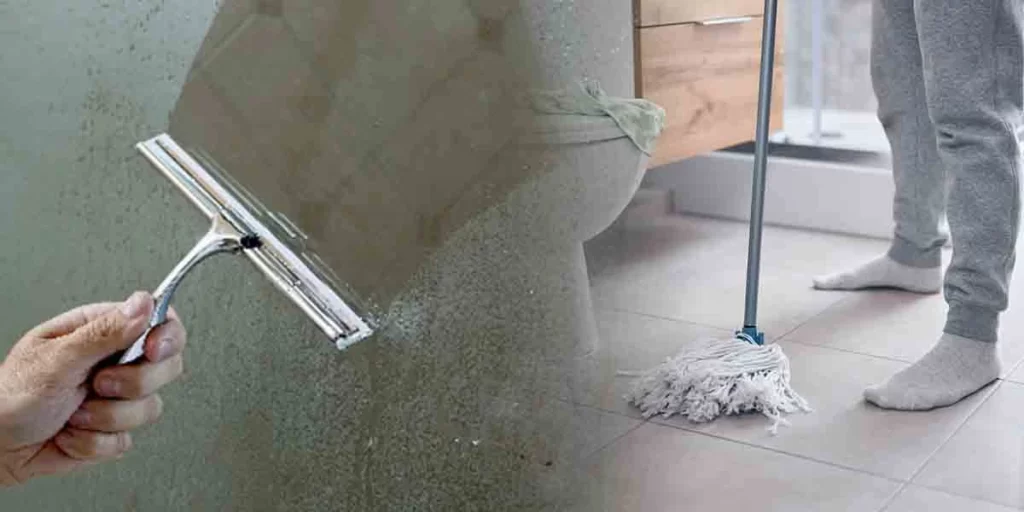The bathroom needs proper ventilation because the steam from the hot bath cause condensation on the ceilings, walls, and windows.
Consequently, it can cause the excess build-up of mildew, mold, and rotting over time, resulting in costly structural problems to repair.
Nonetheless, poor ventilation is also harmful to the occupant’s health.
An exhaust fan is an essential home ventilation system that helps to improve air quality and maintain the ideal temperature.
Exhaust fans work best and are commonly used in bathrooms and kitchens because they effectively eliminate excess moisture and unwanted odors. Besides, there are some best alternatives to the exhaust fan you can use and work efficiently in the bathroom.
5 Best Alternatives to Exhaust Fan In Bathroom
Install Openable Windows

An openable window is one of the best alternatives that can help to increase air circulation in your bathroom. That’s because they allow enough airflow that is significant in reducing moisture level and driving out the odor.
Therefore, when using a bathroom, please open the windows and leave them open for about 30 minutes after showering to drive out condensation and odor.
Nonetheless, if your bathroom is in a discreet location, you can also leave the door open to provide more airflow to eliminate the moist air.
The advantage of using windows over exhaust fans is that they don’t run on electricity and require no maintenance, only when needs arise.
If you opt for windows, you should opt for the EPA building code, which suggests that the size of the windows should be at least 4% of the floor area and no smaller than 1.5 sq. ft.
However, we strongly advise you to this option if you live in a hotter climate, but this option won’t be efficient for the individual living in a humid environment.
That’s because windows are not practical enough to provide sufficient airflow that drives out moisture while the air itself is moist.
Lastly, it would help if you opted for double-glazed windows, which are better than a single-glazed window. Single-glazed windows tend to be colder, making it easier to attract condensation than double-glazed windows.
See Also: 8 Tips to Keep A Windowless Bathroom Fresh
Use A Dehumidifier

A dehumidifier is also the best installation-free option that can significantly reduce humidity in the bathroom.
A dehumidifier works by absorbing moisture from the air, condensing, and collecting it in a chamber. However, there are two types of dehumidifiers; refrigerant and desiccant dehumidifiers.
But a refrigerant dehumidifier is the best and most efficient in removing humid air and odor because it can remove large volumes of moisture.
Besides, they are also heavy-duty resulting in long-lasting service than desiccant dehumidifiers. It is advisable to run the dehumidifier at least 20 minutes before and after using the bathroom to eliminate the moisture and odor.
A dehumidifier is also the best alternative and long-term solution if your bathroom does not have Openable windows and fans. But the downside of running a dehumidifier is that you will have to empty the condensed water at least twice a day.
Lastly, when choosing a dehumidifier, make sure you opt for the one designed for the specific square footage for efficiency. Because too small a dehumidifier may not be powerful to drive out humid air depending on the size of your bathroom. Therefore, the bigger, the better.
Recommended | Dehumidifier Buying Guide By ConsumerReports
Install A Ceiling Fan

Ceiling fans are also effective and practically fast in removing humid air and odor in the bathroom. However, this option works better if your bathroom has Openable windows because they help circulate and vent out moist air through the window.
The other advantage of using a fan is that it is also very effective in reducing bathroom temperature. A ceiling fan makes the bathroom more liveable, especially when using a hot bath, you have heat-generating lights in your bathroom, or living in a hot climate.
When choosing a ceiling fan or pedestal fan, we strongly advise you to choose the one designed for a bathroom because they are damp-rated. This type of fan can endure moisture, do not rust-resistant, and work in areas that frequently get wet.
The other factor to consider is to check for the ones that run quieter, can be shuttered for storms, and the size of air volume they can move every square foot. Do not use portable funs because they are not robust for solving moisture problems.
However, if it is the only option available, it can be effective if you keep the door open and place it by the door while showering.
Use of Air Conditioner

An air conditioner is a good alternative if you do not have an exhaust fan or dehumidifier. Placing an air conditioning unit in the window or connecting it to a vent hose that can access your window can significantly eliminate odor and humid air.
The air conditioning unit works efficiently because it has an evaporator coil that contains a cooling agent that circles through your AC unit to convert liquid into a gaseous form.
After absorbing the humid air, the excess condensation is drained out of your AC unit through the condensation pan underneath the evaporator coil.
Wipe Down and Mop-up

This method may seem too practical but effectively eliminates the humidity in your bathroom. After the shower, use a clean, dry towel, cloth, or squeegee to wipe any water and condensation left on the tiles, walls, mirrors, windows, and ceiling.
When you are done showering, wipe down the condensation and mop up the floor to dry it as fast as possible.
This method is effective because it makes your bathroom completely bone dry and can reach hidden areas, like the corner of your shower, behind the faucet, and joints of the floor and walls.
Wrap Up
There you have all the best alternatives to exhaust fans that you can improvise and use in your bathroom. A critical point to keep in mind is to try to prevent structural damage and mildew growth since repairs are significantly more expensive than preventing the damage.
Read More Related to Bathroom Fans



